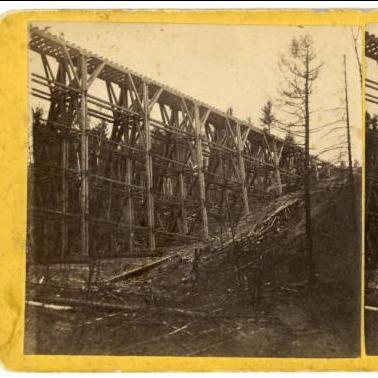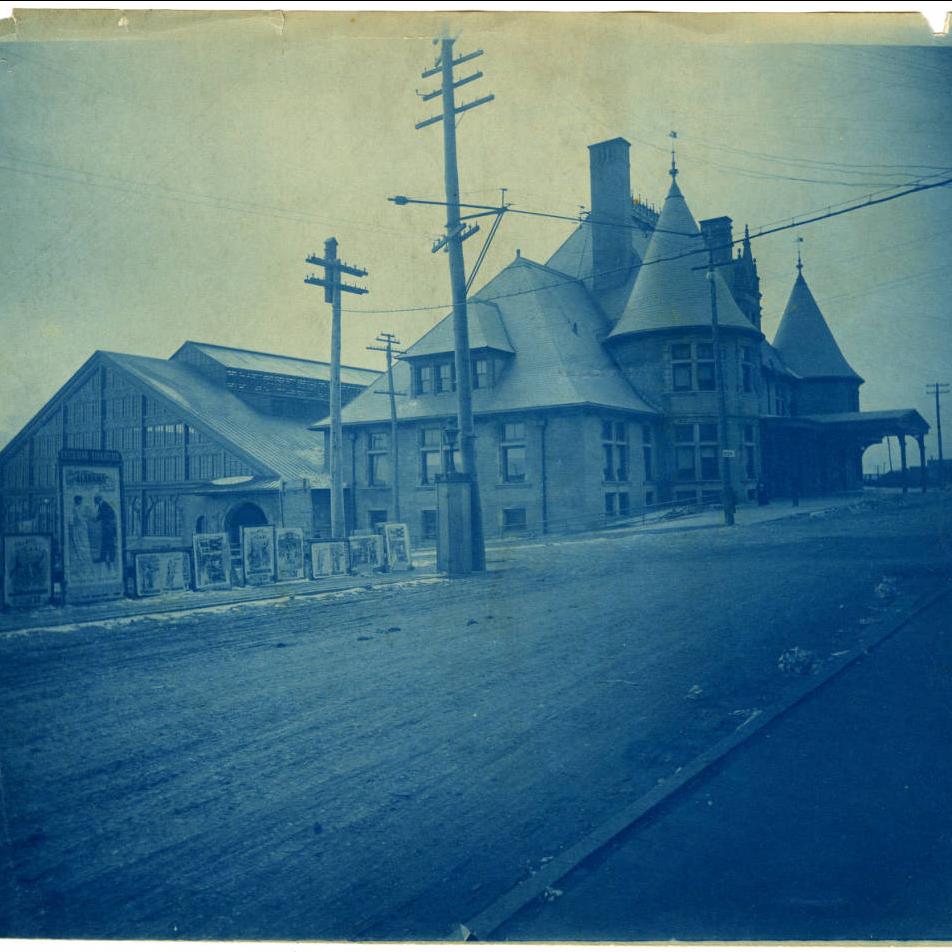The Minnesota Digital Library is pleased to share a new Primary Source Set exploring the history of Glass Plate Negatives. The first glass plate negative was created in 1851 by the British inventor Frederick Scott Archer. The invention of this photographic technique resulted in an increased interest in photography. Do-it-yourself manuals cropped up during the 1860s and assisted both the amateur and professional photographer in the creation of glass plate photographs.
Interest in this photographic technique eventually spread to almost every walk of life. From Queen Victoria to Matthew Brady, glass plate photography captured intimate views of royalty, scenes of war and destruction, and pastoral views of everyday life. Glass plate negatives were produced until the first quarter of the twentieth century, when they were surpassed in both ease of use and popularity by negatives on celluloid roll film.
The Minnesota Digital Library contains 89 digitized glass plate negatives. These photographs document Minnesota as it looked during the late nineteenth and early twentieth centuries and include views of races, parades, ships on Lake Superior, families, and floods. Our most recent primary source set includes a selection of these negatives along with a historical summary, discussion questions, and related resources for classroom use and the general public.
About Primary Source Sets
Drawing from libraries, archives, and museums across Minnesota, these sets include letters, photographs, advertisements, oral histories, postcards, newsletters, speeches, and more. Each set includes a topic overview, ten to twenty primary sources from the MDL collection, links to related resources, discussion questions and classroom activities.
There are 43 Primary Source Sets available for free on MDL’s website. The topics are wide-ranging and include World War I on the Minnesota home front, natural disasters in Minnesota, Minnesota’s three major railroads, Temperance to Prohibition, the mechanization of farming, the lumber industry, and the Civilian Conservation Corps.
We are continuing to develop more Primary Source Sets and welcome topic suggestions from the public. We also have a guest author program, so please contact us if you would be interested in creating a set with MDL!
Image credit: Cutting ice on Big Stone Lake, c. 1920. Big Stone County Historical Society collection, https://collection.mndigital.org/catalog/bsc:2194




